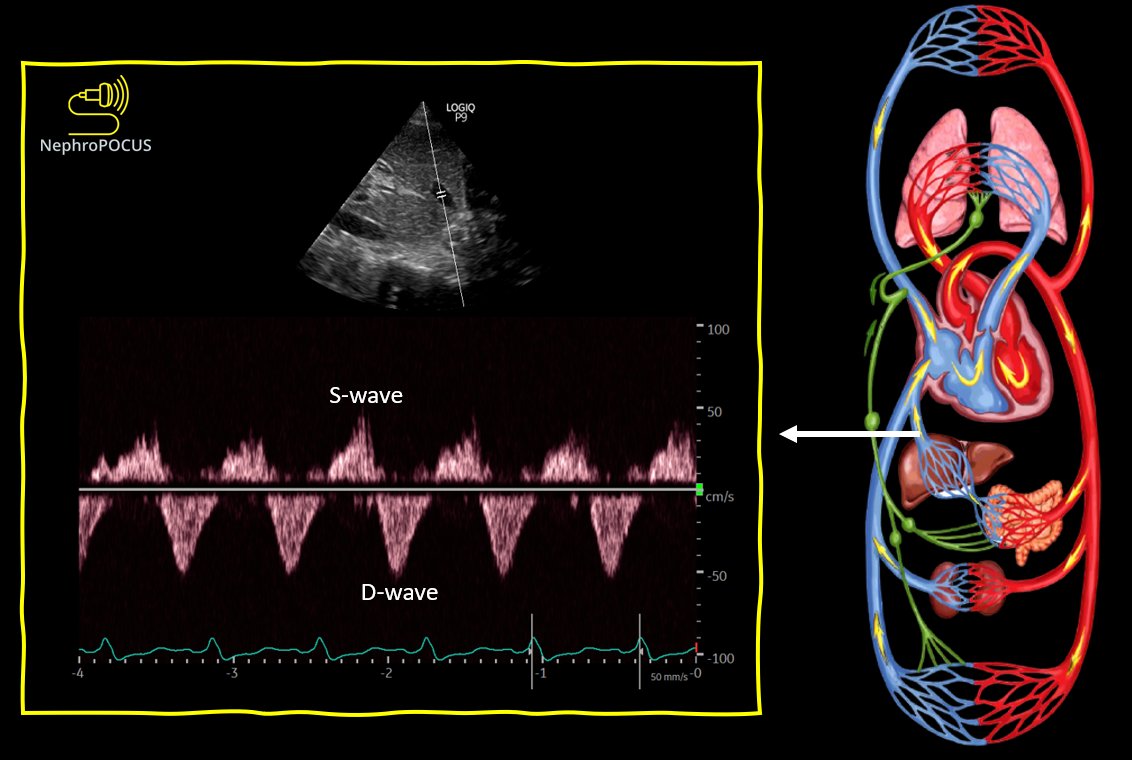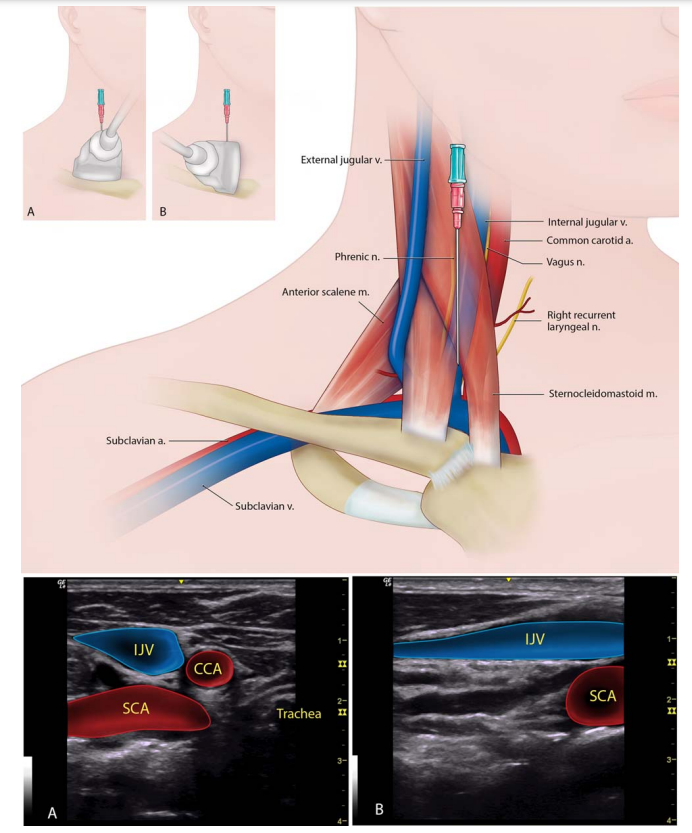
#POCUS #MedEd education 📖 | by Abhilash Koratala MD @KoraAbhi, Nephrologist & Intensivist | @MCW_Nephrology I Founding Member @POCUSIAPN | X≠ medical advice
20 subscribers
How to get URL link on X (Twitter) App


 🔴Tilting the head to one side can artificially dilate the vessel
🔴Tilting the head to one side can artificially dilate the vessel
 2⃣ Hepatic vein #Doppler
2⃣ Hepatic vein #Doppler

 1. A classic #VExUS #POCUS example showcasing how diuretic therapy led to the simultaneous improvement of all three waveforms (hepatic, portal, and intrarenal) alongside improvement in serum creatinine and sodium levels.
1. A classic #VExUS #POCUS example showcasing how diuretic therapy led to the simultaneous improvement of all three waveforms (hepatic, portal, and intrarenal) alongside improvement in serum creatinine and sodium levels.

 2/ 👆What do you think?
2/ 👆What do you think?

 2/
2/ 


 2. The supraclavicular approach to the subclavian vein (A. Transducer in short axis to the vessel, B. long axis)
2. The supraclavicular approach to the subclavian vein (A. Transducer in short axis to the vessel, B. long axis)

 onlinejase.com/article/S0894-…
onlinejase.com/article/S0894-…



 ECMO illustrations #MedEd
ECMO illustrations #MedEd https://twitter.com/NephroP/status/1536861093460680704?s=20

 Pulsus paradoxus #echofirst
Pulsus paradoxus #echofirst 


 2⃣ Parasternal short axis aortic valve level
2⃣ Parasternal short axis aortic valve level

 Apical 4-chamber view showing severe right atrial enlargement and annular dilatation of the tricuspid valve during systole.
Apical 4-chamber view showing severe right atrial enlargement and annular dilatation of the tricuspid valve during systole.



 #POCUS
#POCUS 

 Summary of the recommendations
Summary of the recommendations